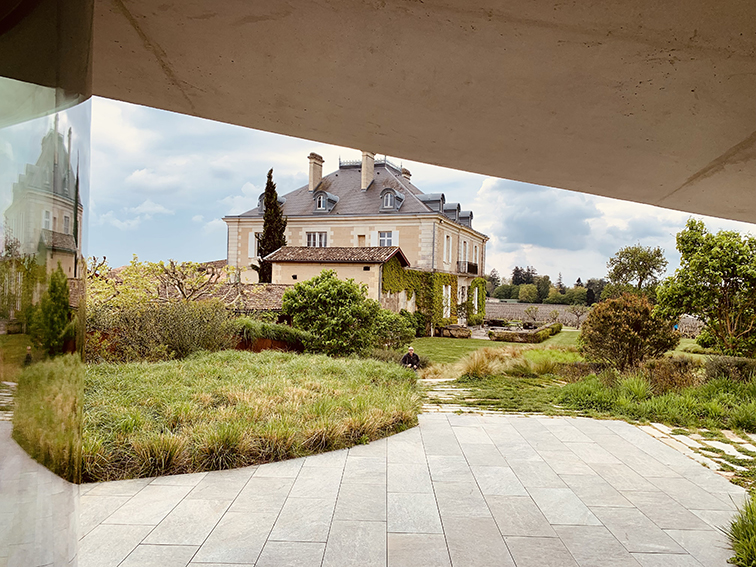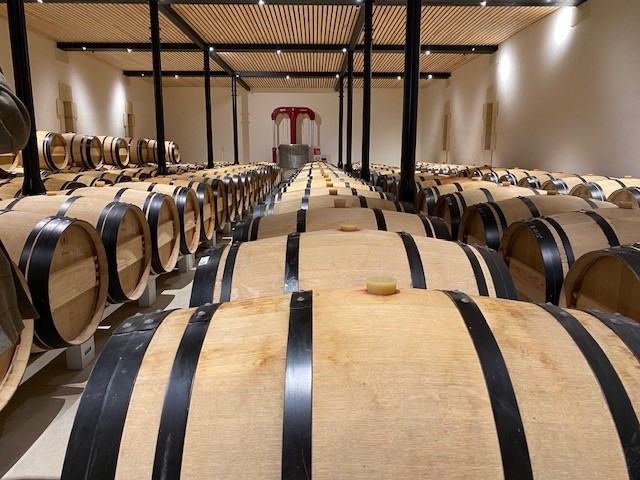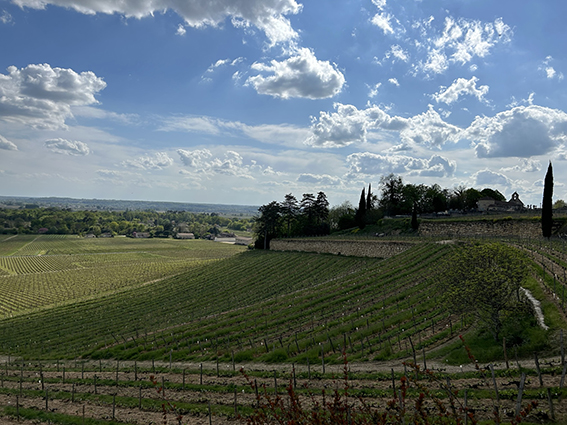It’s going to be an early, quick campaign. That, at least, is the word from Bordeaux. We’d better get started then. We are going to do things a little differently this year, in our communications and how we offer the wines.
We recently sent a survey to a few thousand of our Bordeaux customers, asking for their thoughts on the en primeur system, on Bordeaux in general and on how we do it at C&B. We were delighted that nearly 15% of those asked replied – a very encouraging response rate. As you made clear, you care deeply about Bordeaux, although you feel there is room for improvement. We agree with both statements.
A link to the survey responses is here.

Pre-Orders and Mailings
For the first time this year, we will take pre-orders. Filling out our pre-order form will enable customers to express a desire to purchase wines within a stated price range. The ranges have been calculated by us wine-by-wine and represent our best estimate of fair value, in the context of the current market. The pre-order form will be sent out following our tastings over the next two weeks.
Where we are able to fulfil pre-orders, and where the release prices fall within our estimated price brackets, we will invoice you directly following each wine’s release. This will facilitate a faster, more dynamic campaign, to the benefit of all.
Additionally, we will send central mailings of the wines we believe represent good value. Please bear in mind that some of these wines will be oversubscribed already. In the past, we have tried to avoid giving the impression of availability where supply is limited. However, the feedback from our survey was that you would prefer to be kept informed. The obvious point here is that you will maximise your chances of securing a wine by completing the pre-order form.
Please also make sure that you are signed up to receive our mailings. You can do this very easily, either by emailing your contact at C&B or by logging into your account online.
The market

The three main factors at play here are, from larger to smaller, the wider economy, the wine market and the market for Bordeaux. I don’t need to tell you about the wider economy: life has got more expensive and that is being felt in the wine market. Secondary market prices have fallen, even as fine wine release prices for the 2022 vintage continued to rise or, at best, remained flat versus 2021. Our broking list has seen more sellers than buyers over the past year. Although there are some green shoots of recovery, it will take time for the residual broking stock to sell through, before the market can move on.
Most relevant of all is the market for Bordeaux itself. The above factors are compounded by a creeping disaffection with Bordeaux which has played out over the past decade. The frenzied 2010 vintage en primeur campaign was the high point and, despite some excellent vintages since (and with the possible exception of the 2019 ‘Covid discount’ vintage), customer demand has never recovered. The 2010s were, in retrospect, very expensive – some are still worth less than their release prices. People don’t forget that sort of thing. 55% of our survey respondents said that Bordeaux was ‘less important than five years ago’.
The Bordeaux distribution system, known as the Place de Bordeaux, is the way the vast majority of Bordeaux is sold. It entails wines being released by châteaux to Bordeaux négociants via courtiers, then sold to importers like us and, finally, to the end consumer. Depending on your point of view, the Place is either the most efficient sales tool in the world of wine or a cumbersome, expensive layering of vested interests. In our survey, 45% of you deemed it ‘overly complicated and therefore expensive for the end consumer’. When demand is low, wine gets stuck in the system. There are négociant warehouses in Bordeaux close to bursting point (and, anecdotally, it’s not just the warehouses). A wine is only truly sold once it is in the hands of someone with a corkscrew.
The 2023 growing season

There is everything to play for in 2023, a year whose successful flowering period was followed by hot and rainy conditions which allowed mildew to thrive in the early part of the season. The Bordeaux chamber of agriculture reported in July 2023 that around 90% of the region’s vineyards had been affected by mildew to some extent. Vineyard resources and regular spraying were crucial.
Fluctuating temperatures meant that budburst occurred later than in 2022. The buds were therefore relatively unscathed by early April frosts. Flowering was quick and took place amid dry, warm conditions, in the last week of May and the first week of June.
June saw 26 days above 25°C and eight days of significant rain, which fell mostly in the form of storms. The first half of July continued warm, then the second half was cooler. Véraison (colour change) started in the last week of July but, thanks to the cool weather, was more protracted than flowering, stretching to nearly a month.
Whilst malic acids dropped markedly in the summer heat, they appear to be a notch higher than in 2022. Harvest in September saw some rain, with grapes generally picked in a good state of health. Although we expect to find variability, the building blocks are in place for some strong performances. We will report back on the wines themselves after tasting.
Guy Seddon
Head of Fine Wine Buying

